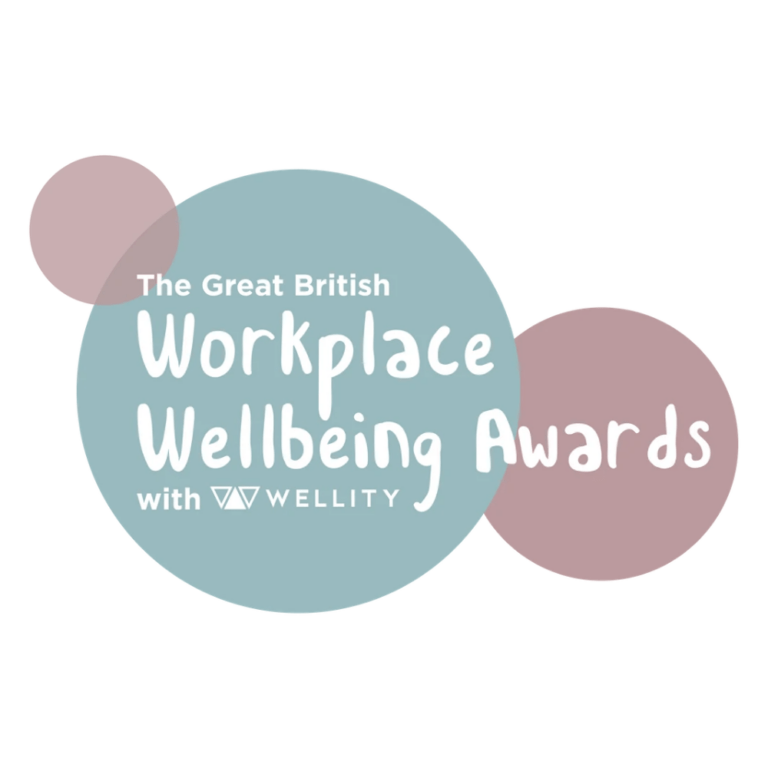Best young company of The Netherlands!
The AFAS Young Business Award honors the best young company in the Netherlands, providing startups a platform to pitch to investors and secure growth capital.
Benelux Enterprise Awards – EU Business News
Celebrating the spirit of business excellence across Belgium, the Netherlands, and Luxembourg, this acclaimed programme is dedicated to elevating and applauding the standout achievements within the vibrant Benelux business community.
Charity Awards
Civil Society Media’s annual awards programme held to identify, recognise and reward those organisations doing exceptional work in all areas of charitable activity.
What’s on 4 Kids Activities Awards
Celebrate the achievements of a wonderful business community. Inspiration, collaboration and pure passion for the safety, development and wellbeing of children
Woman Who Achieves
Recognising women in business, their achievements, celebrate their successes, and inspire others by becoming role models.

Working Families Award
Celebrating employers whose stand-out cultures and working practices are leading the way in flexible and employee-friendly workplaces.

Workplace Savings and Benefits Awards
Recognising the employers which have the best benefits teams and offerings to staff and have done the most to improve these over the past 12 months.

Workforce Awards
Celebrating the brightest workforce talent and recognise those making a difference in recruitment, workforce development, wellbeing, diversity, inclusion and more.

Wellity Workplace Wellbeing Awards
Launched in partnership by the founders of the Great British Entrepreneur Awards and industry experts and Great British Entrepreneur alumni brand Wellity Workplace Wellbeing, this programme shines a spotlight on those positively changing the lives of the Great British workforce.
These awards have been launched to recognise and champion the incredible steps taken by many employers, service providers and individuals in response to our global wellbeing crisis.
Measures to increase employee engagement can help reduce absenteeism and presenteeism.
The wellbeing culture has moved from being a nice-to-have to a big strategic issue, and this programme will shine a spotlight on and recognise organisations who are putting workplace wellbeing at the heart of their business.
We encourage HR teams and business leaders alike to invite their employees to hear from leaders across different sectors on the challenges the global wellbeing crisis has brought to the forefront of business.
Wellbeing programmes are becoming a defining feature of business’ culture, helping to develop resilient, successful organisations.
Companies that have a mental health strategy have leapt ahead of those without, in terms of the progress they have made in creating more open, positive corporate cultures.
• Commitment to wellbeing is the most important habit of all: The specific behaviour an employee chooses to embrace isn’t nearly as important as the act of simply committing to engage in a healthy habit that is personally meaningful.
• Engaging in wellbeing programs builds better teams: When employees engage in corporate wellbeing programs that help foster habits and attitudes on the individual level, the impact radiates to their teams and even client relationships, fostering environments of inclusion, belonging and improved citizenship behaviour.
• Technology boosts wellbeing: Employees and teams that leveraged technology (via a wearable device or tracking app to track wellbeing) during the study reported more positive perceptions of team collaboration and client relationships.
• Inclusive leadership and teamwork enable wellbeing to thrive: The work environment must be aligned with healthy behaviours for wellbeing to flourish. Specific environmental factors, such as inclusion, positive team dynamics and leadership/manager support, have a direct, positive result on employee wellbeing.

